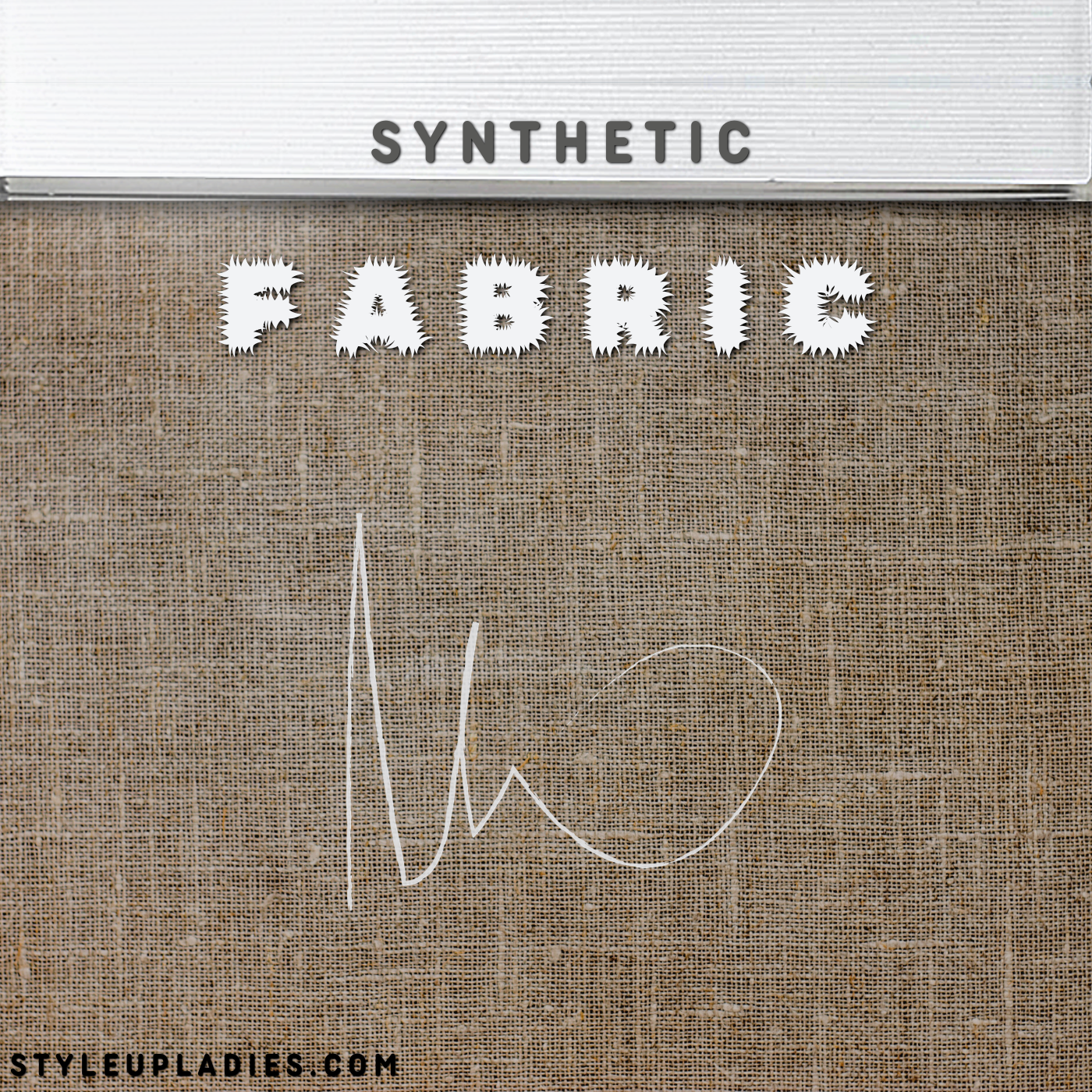Textiles have many different types, from natural ones like wool to silky fabrics. Nowadays, we see more and more synthetic fabrics being made. These new materials have changed both industries and our everyday life.
Table of Contents
What Are Synthetic Fibers?
Synthetic fibers are made from big chemicals called polymers, which are built from smaller parts. Instead of coming from plants and animals like cotton or silk, these fibers are made from oil-based chemicals in labs. This gives a different style and feel to the fabrics made from them.

Features of Synthetic Fibers:
Durability
Synthetic fibers, thanks to their engineered properties, often have a longer lifespan than natural fibers. Not only do they resist regular wear and tear, but they’re also adept at withstanding harsh conditions, ensuring longevity even in demanding situations.
Maintenance
One of the appeals of synthetic fibers is their low maintenance requirements. They are generally user-friendly, being machine-washable, resistant to wrinkles, and they retain their shape and vibrant color even after multiple uses, making them a convenient choice for today’s fast-paced world.

Cost
Economically speaking, synthetic fibers present a significant advantage. They are usually less expensive to produce compared to their natural counterparts, which translates into cost savings for the end-user, making fashion and textiles more accessible to a broader audience.
Versatility
The malleability of synthetic fibers is a testament to human innovation. With the right chemical and physical adjustments during production, these fibers can be tailored to possess particular characteristics, ensuring they meet a diverse range of requirements and applications.
Non-Biodegradability
An essential consideration for synthetic fibers is their environmental persistence. Lacking biodegradability, these fibers, when discarded, can remain in ecosystems for centuries, underscoring the importance of recycling and sustainable disposal practices.

Comfort
The tactile experience of synthetic materials is varied. While many find the touch and feel of these materials suitable for various applications, some users note a difference in breathability and overall comfort, especially when compared to naturally derived textiles.
Environmental Impact
The production of synthetic fibers is energy-intensive and often relies on non-renewable resources. Additionally, garments made from synthetic fibers can shed microplastics into the environment during washing.
Types of Synthetic Fibers
The four main types of synthetic fibers that dominate the textile market are:
- Polyester – The most widely used synthetic fiber, popular for all types of clothing and industrial applications. Made from coal, water, air and petroleum.
- Nylon (Polyamide) – Known for its strength, elasticity and quick-drying properties. Made from coal, water and air. Used in apparel, ropes, seat belts, etc.
- Acrylic – Has properties resembling wool but does not absorb water. Suitable for cold-weather garments and home furnishings.
- Rayon – Made from wood pulp. Soft, absorbent and comfortable. Blends well with cotton and wool for bedsheets and carpets.
Synthetic Fabrics and Sustainability
In the face of growing sustainability challenges, there’s a transformative wave in the synthetic fiber realm. Emerging innovations have paved the way for bio-synthetic textiles, crafted from renewable plant-based inputs, and the reprocessing of current plastics to create new fiber materials.

Simultaneously, intensive research is underway to refine the manufacturing process, aiming for reduced environmental harm and enhanced energy efficiency, while also targeting solutions to curb microplastic emissions.
Clothes made of Synthetic Fibers
Clothes crafted from synthetic fibers have become a mainstay in contemporary fashion and daily wear.
Known for their durability, versatility, and often cost-effective nature, garments like polyester shirts, nylon jackets, and spandex leggings offer consumers wrinkle-resistant, vibrant, and form-fitting options that stand the test of time.

The adaptability of synthetic materials allows for a variety of textures and finishes, from glossy satins to soft fleeces, catering to diverse style preferences.
However, while these synthetic garments deliver on aesthetics and functionality, it’s essential for consumers to be aware of their environmental footprint, from production to disposal, and to consider sustainable practices like recycling and mindful consumption.

FAQs
What are the advantages of synthetic fibers?
- Durable and long-lasting
- Easy to wash and quick-drying
- Wrinkle-resistant
- Retain shape and color well
- Generally less expensive than natural fibers
What are the disadvantages of synthetic fibers?
- Most do not absorb moisture well
- Can be damaged by high heat
- Highly flammable compared to natural fibers
- Non-biodegradable, persist in the environment
- Production has a larger environmental footprint
How are synthetic fibers made?
Synthetic fibers are made by polymerizing petroleum-based chemicals into larger molecules that are then extruded in the form of fibers. The polymer chains are stretched and aligned to increase strength.
What are some common uses of synthetic fibers besides clothing?
Synthetic fibers are widely used in home furnishings, carpets, automotive and industrial textiles, ropes and nets, medical applications, protective gear and equipment, etc.
Are synthetic fibers more sustainable than natural fibers?
Currently, most synthetic fibers have a larger environmental impact compared to natural fibers in terms of non-renewable resource use, energy consumption, greenhouse gas emissions and microplastic pollution.
However, the sustainability of different fibers depends on a complex set of factors across the lifecycle including production practices, durability, washing and disposal. Innovations in recycling and bio-based synthetics offer promise for improved sustainability.
Conclusion
Synthetic fibers, a testament to human ingenuity, have woven themselves into the fabric of our daily lives. While they come with a host of benefits, it’s essential to balance the scales with the environmental concerns they pose.
As with all technologies, the key lies in responsible innovation and usage. The future of synthetic fibers is not just about creating better materials but about crafting a more sustainable and thoughtful approach to textile production.

